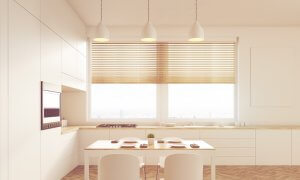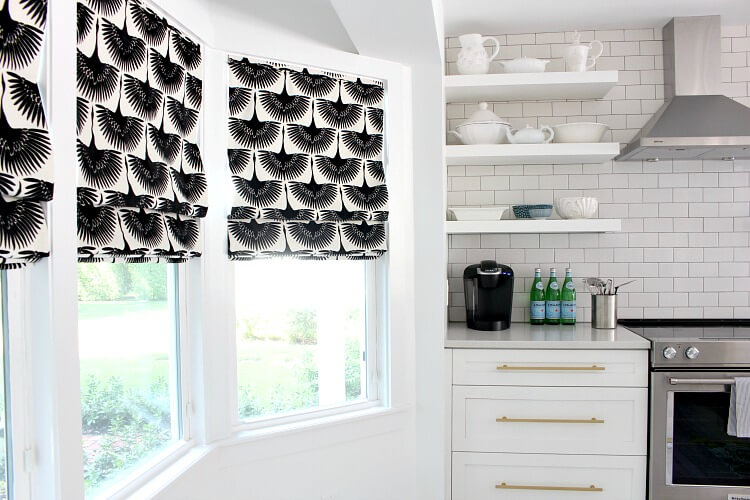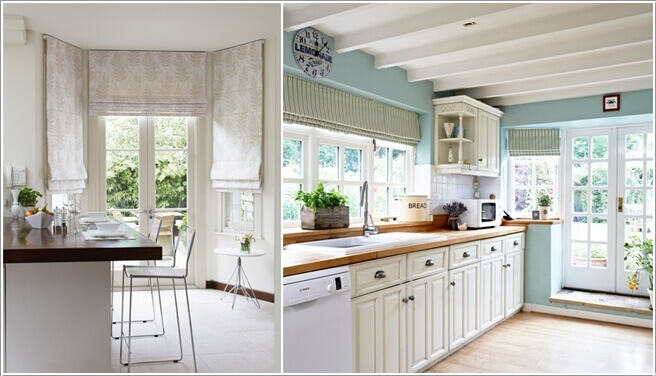Choosing the Best Blinds and Drapes for your Home

The difference between blinds and drapes is that the former close upwards. Usually, they’re flat and give a sense of tidiness.
They can be matched with side curtains or be the only window decor. As you can see, they have plenty of benefits.
General concepts about blinds and drapes
Blinds are much less formal than curtains, but they can also be decorated with fringes, so they can adapt to any type of design.
They’re mostly used on smaller windows or on windows that have furniture or a heater below, so it’s better to not have curtains that reach the floor.
There are many options available, such as roller blinds, Roman blinds, Venetian blinds, etc. You got to find what works best for you.
Roller blinds are simple. They roll up the same as any other blind, and when unrolled, they stay flat. They’re perfect for rooms that are used a lot.
Roman blinds form horizontal folds when you pull them up, even when they’re flat when you pull them down. This is important to know to define an aesthetic for the room you use them in.
Lastly, Venetian drapes don’t have rods, so if you pull them up, they’ll crease. There are two variations of these: Austrian drapes and scalloped blinds.

Practical details about blinds and drapes
The main differences between the main types of blinds and drapes are how they’re folded, the fabric, and the size.
Fabrics with little drape are perfect for blinds, because they have rods and a fold, and these are heavy by themselves. The low drape makes the fabric look even, not too heavy. Among the most common fabrics, you can find sailcloth, chenille, wild silk, and organdy.
How to put them up
Blinds and drapes can be inside or above the window frame, although it’s more common to put them inside. If there’s no opening, install a supporting system above the window frame.
Blinds won’t hit any obstacles when used with sliding windows, but with side-hung windows, remember to leave enough space above to open or shut the windows easily.
Characteristics
Roll blinds are one large piece of fabric. They’re easy to put up and make because they don’t have openings for rods or rings.
Use thin fabrics, so the blind will roll up with ease. There are some roller blinds that still let some light in from above. Avoid patterned fabrics, because the design won’t look good when it’s rolled up.
Venetian blinds have cords on both sides that go through a vertical row of rings. These make the fabric look folded, when they’re up.

How to measure blinds?
If the blind goes inside the window frame, to see how long it is, measure from the holding point to the sill.
To learn how wide it should be, measure the window’s horizontal distance minus one inch, so the fabric fits comfortably in the gap. When the holding point is on the wall, you need to add two inches on each side of the window, to keep the light out.
To see how long the blind should be, measure the distance between the holding system and the beginning of the window sill. Take all of these measures into account.

Modifying perceptions
Using a long blind that covers the top frame of the window can make the window look higher. It makes it harder to see where the window begins.
On the contrary, when a window is too long and you want to hide this, it’s better to use Austrian drapes. This kind of fabric drape covers part of the window, even when they’re up.
After reading our post, do you know what blinds and drapes will work best for your home? Tell us!